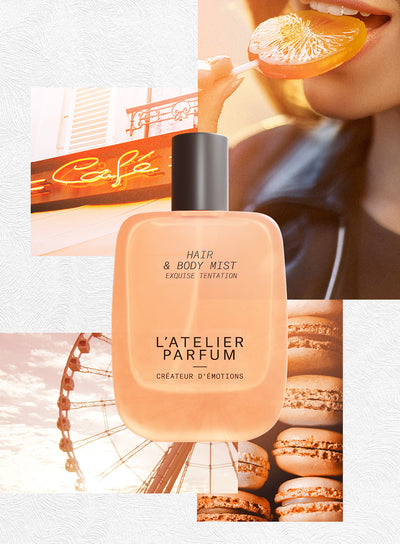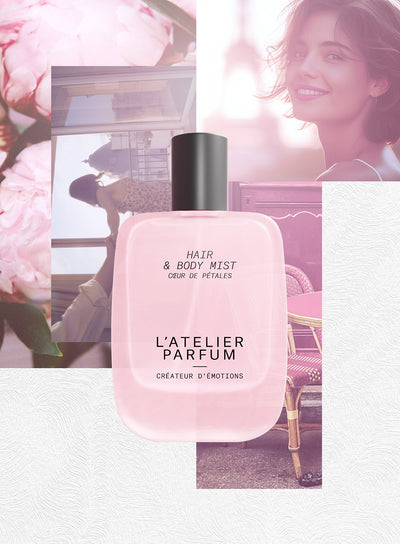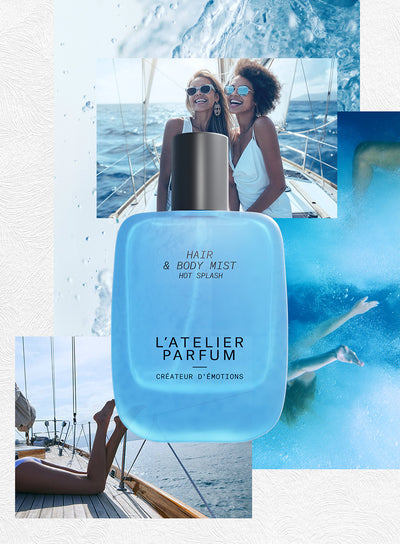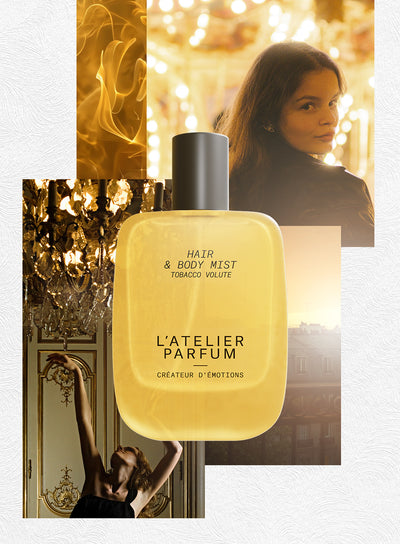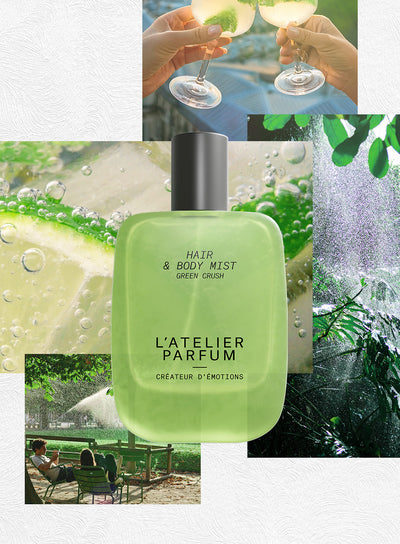The Myth of the Queen of Sheba: An Olfactory Journey Through History, Archaeology, and Legend
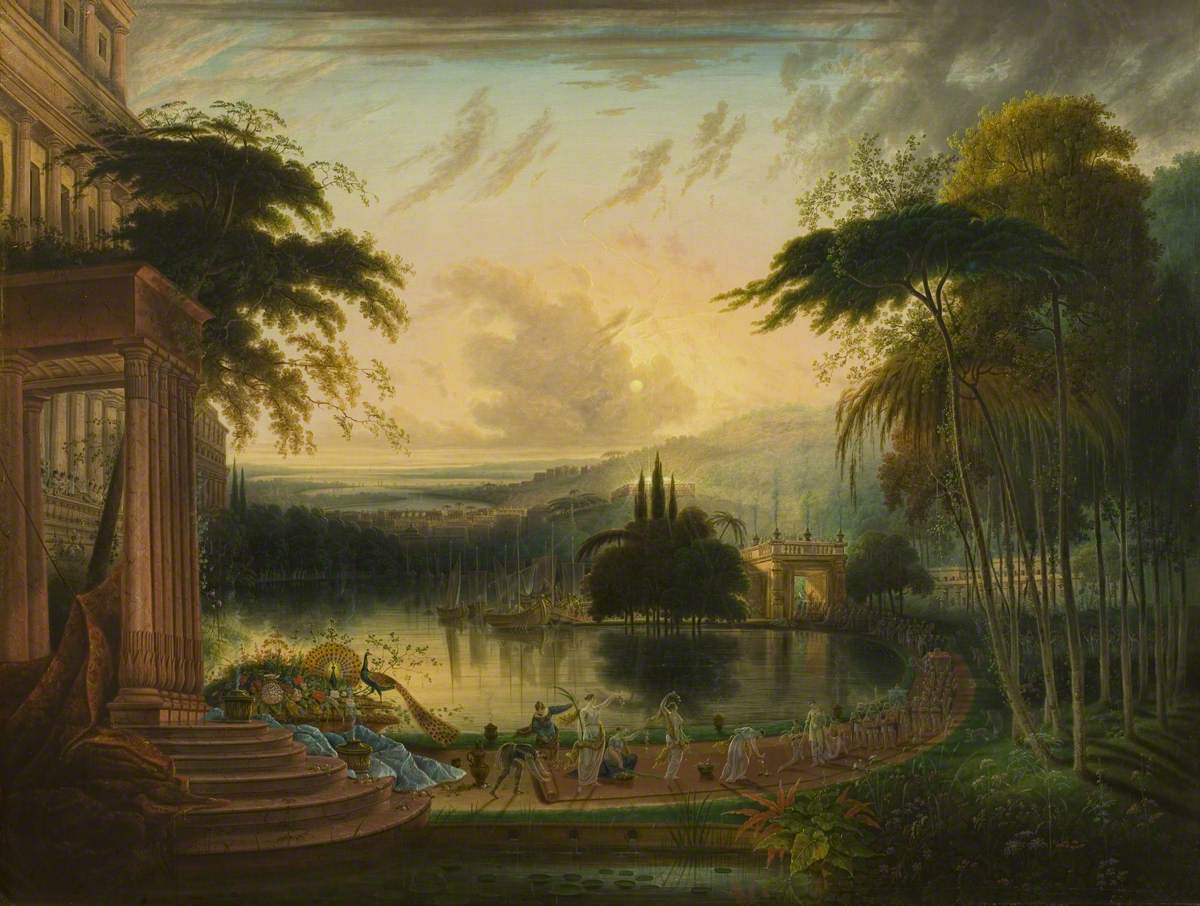
“Your perfumes have a lovely fragrance; your name is like perfume poured out,” sings the Song of Songs (1:3), a biblical poem attributed to Solomon, king of Israel. These verses, exalting the love between the poet-king and the mysterious Queen of Sheba, still resonate today as an ode to perfume and the sensual power of ancient fragrances. From the Horn of Africa to Jerusalem, the extraordinary story of the Queen of Sheba, her olfactory treasures, and her passionate encounter with Solomon has left a lasting mark on collective imagination, religious history, the arts—and perfumery itself.
This article invites you to explore her legend, its historic roots, cultural interpretations—and also the secrets of Arabian and African perfumes whose influence continues in modern creations.
I. The Queen of Sheba: A Historical and Mythical Presence
1. Between History and Legend
The meeting between the Queen of Sheba and King Solomon appears in various sources: the Hebrew Bible (1 Kings 10:2; 2 Chronicles), the Quran, Christian literature, and the famous 14th-century Ethiopian tale, the Kebra Nagast, which describes the union of King Solomon and Queen Makeda, sovereign of Sheba.
Shrouded in mystery, this queen is said to have ruled a kingdom stretching from Eritrea to northern Yemen, controlling trade in the rarest goods: gold, precious stones, spices, myrrh, frankincense, civet, and ambergris—substances both sacrificial and sensual.
2. Narratives and Symbolism
Biblical accounts recount how the queen, celebrated for her wisdom, beauty, and wealth, journeyed across the desert with a caravan loaded with gifts: “an abundance of gold, balm, and precious stones.” She tested Solomon’s wisdom before eventually acknowledging his greatness.
According to the Kebra Nagast (“Glory of Kings”), at their famous meeting, the queen initially refused the king’s advances. But, tempted by a spicy feast that stoked her thirst, she asked for water: a river was diverted for her, and she ultimately gave herself to the king. From their union came the future King Menelik, mythical founder of the Solomonic dynasty of Ethiopia.
3. The Source of Perfume in Antiquity
Their meeting represents an alliance of political power, sophistication, and the sacred. Perfume is central to the story: the Queen of Sheba’s gifts were primarily fragrant offerings—myrrh, frankincense, exotic resins, all used for more than just luxury.
II. Arabia’s Golden Age and the Incense Route
1. The Horn of Africa, Cradle of Precious Materials
It was in what are now Eritrea, northern Ethiopia, and Yemen that frankincense (Boswellia) and myrrh (Commiphora) trees once grew in abundance, and where spice, aromatic, and civet trade flourished. Caravans set out from Sheba, crossed Arabia, and reached the Mediterranean, supplying Egypt, Babylon, Jerusalem, and Rome.
2. Frankincense and Myrrh: Olfactory Jewels
-
Frankincense (Olibanum): Derived from Boswellia gum resin, it releases woody, citrus, balsamic, and nearly camphor-like notes. Burned in temples and palaces, it was both an offering to gods and an ambient scent—purifying air and soul.
-
Myrrh: Harvested from Commiphora sap, this resin yields an intensely amber, medicinal, subtly smoky scent with animal nuances—ideal for embalming, precious ointments, or lovers’ lips and hair.
-
Civet: Extracted from the glands of a small mammal, it lent a sensual, powerful note to perfumes.
-
Ambergris: A mysterious marine substance from sperm whales, prized for fixing fragrance.
These materials were so sacred and coveted they served as real currency, reserved for royalty, priests, and privileged lovers.
3. Scents and Sacred Architecture
Solomon’s love of scent influenced architecture: tradition holds that the Temple in Jerusalem was built from Lebanon cedar, juniper, cypress, and aromatic woods. The sacred space filled with clouds of fragrance during sacrifices and ceremonies, a reminder of the transcendent and sensual power of scent.
III. Scientific Discovery: Analyzing the Queen of Sheba’s Perfume
1. The Secrets of Frankincense Revealed
Only in the 21st century were the mysteries of the Queen of Sheba’s perfume finally unraveled. In 2016, CNRS researchers in Nice (led by Nicolas Baldovini) succeeded in isolating, analyzing, and synthesizing the previously unknown molecules behind Somali frankincense’s unique aroma. Through intricate extraction and chromatography of over 3 kg of essential oil, they identified “olibanic acids,” compounds never before detected. Later, they managed to recreate them synthetically.
This breakthrough paves the way for “à la carte” frankincense production for perfumers worldwide, reconnecting modern noses with the ancient olfactory experience.
2. Reimagining Antiquity in Modern Perfumery
Thanks to molecular analysis, ancient scents can now inspire today’s creations: olibanic acids, being more stable and easier to use, now enrich the palettes of innovative perfumers and fuel renewed interest in “oriental” scents and smoky-woody accords.
IV. Perfume: The Love Language of Kings
1. Perfume and Seduction
Beyond sacred value, perfumes in the story of Solomon and the Queen of Sheba play a distinctly carnal role. Endowed with evocative power, they “adorn lovers’ bodies and awaken intense passion,” to borrow Élisabeth de Feydeau’s words. In ancient poetry and biblical tradition, perfume precedes and accompanies encounters, carves memories for lovers, and seals souls’ union.
2. Fragrance Rituals in the Ancient East
Great ancient civilizations gave perfume a ritual status: for purification, seduction, healing, and elevation. Kings and queens anointed themselves with myrrh-based balms, oils, and resins, massaged their hair with aromatic ointments before any intimate meeting or political event.
The myth of Solomon and Sheba makes perfume a language of love and power, linking body and spirit in an indelible trail.
V. Solomon, the Queen of Sheba, and Perfume’s Legacy
1. Verses from the Song of Songs
The Song of Songs, a biblical love poem, abounds with scent references: “My beloved is to me a cluster of myrrh,” “The scent of your garments is like the smell of Lebanon,” “Your lips drip myrrh.” The king’s love for his queen is written in fragrances, bouquets, clouds of scent.
2. From Ethiopian Legend to the Solomonic Dynasty
The Kebra Nagast, a medieval Ethiopian chronicle, makes the union of Solomon and the Queen of Sheba the founding myth of the imperial dynasty. It offers a sensual, oriental version: the queen first resists the king, agreeing to stay only if she desires nothing from his palace. But after a spicy meal that whets her thirst, she asks for water; a river is diverted for her, she yields, and their union produces Menelik, the legendary ancestor.
3. Archaeology and Historical Traces
Archaeologists endeavor to reconstruct Sheba’s might, renowned for its mastery of caravan routes and perfumery. Excavations in Yemen and Ethiopia have revealed opulent cities and temples dedicated to the sun and moon—true sanctuaries for perfume and aromatic materials.
VI. Contemporary Legacy: Perfume, Inspiration, and Creation
1. Olfactory Heritage
The precious materials offered by the Queen of Sheba—myrrh, frankincense, ambergris, cedarwood, civet—are still the backbone of major oriental and woody fragrance families, reinvented in upmarket perfumery. These “gifts of kings” fuel myriad creations where resin richness, balsamic smoothness, and the power of sacred woods merge to evoke travel, mystery, sensuality, and light.
2. L’Atelier Parfum and the Tradition of Exceptional Fragrances
In the spirit of these tales, L’Atelier Parfum celebrates accords inspired by legendary antiquity:
-
Oud, incense, and precious woods evoke the splendor of ancient palaces.
-
Myrrh-amber blends with voluptuous musks recall perfumes of love and royalty.
-
Citrus and spices capture Sheba’s solar refinement.
Every creation becomes an exploration—a living homage to an ageless sensory experience.
Conclusion
The meeting of Solomon and the Queen of Sheba embodies perfume as a universal language: a promise of travel, wisdom, spiritual offering, instrument of seduction, and awakening of the senses. Raw materials from “happy Arabia,” carried by a powerful, independent queen, gave rise to a founding myth where scent links history, passion, and creation.
Uncovering the secrets of royal perfume, modern science allows us to reconnect with the scented trails of gods and sovereigns, anchoring the unspoiled memory of ancient love stories in our contemporary bottles.
Sources
La Croix – "Le parfum de la reine de Saba enfin analysé"
CNRS – "L'origine du parfum de la reine de Saba"
Interbible – "La Reine de Saba : entre mythe, histoire et mémoire olfactive"
National Geographic France – "La légendaire reine de Saba et Salomon : ce que révèle l’archéologie"
Élisabeth de Feydeau, La Grande Histoire du Parfum (quoted excerpt)
Kebra Nagast, Ethiopian chronicle, various translations and analyses

